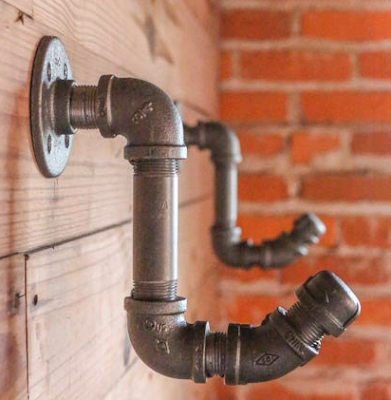
Joshua Becker’s
Clutterfree with Kids has a lot of fans, including
Jacki Hollywood Brown. The book didn’t impress me as much as it did her, but there were parts I definitely liked — mostly within the first 50 pages or so.
The first sentence of Chapter 2 caught my attention: “It is better to own less than to organize more.” Similar statements are found throughout the chapter. For example: “Organization, in and of itself, never addresses the underlying issue that we buy too much stuff.”
So what is minimalism, anyway? Becker explains it this way:
It is a lifestyle where people intentionally seek to live with only the things they really need. ...
At its core, minimalism is the intentional promotion of the things we most value and the removal of everything that distracts us from it. ...
Minimalism is freedom from the passion to possess.
Becker continually stresses that “less is different than none.” He gives this example of living with less:
Rather than a box full of sentimental things stuck in the basement, we display the most important pieces from our past somewhere in our home.
And here's another example of less, not none:
When we first started decluttering our home, we started noticing a troubling trend: duplicates. In fact, we owned duplicates of nearly everything: linens, jackets, tennis shoes, candles, televisions.
And now, he says:
We own only our favorite of every object.
I appreciated that Becker is very clear that everyone’s experience of minimalism will be different.
Minimalism is always going to look different from person to person and family to family. Our passions are different. Our personalities are different. Our presents are different.
So far, the items I've quoted have nothing to do with “kids” — but here's a part that does. Becker has a list of things his children have learned through the family's minimalist lifestyle:
- They don’t need to buy things to be happy.
- They don’t need to live life like everyone else.
- They can live within their means.
- They ought to think carefully about their purchases.
- They should gladly share with others.
Not a bad list, for any of us, whether we see ourselves as minimalists or not.











